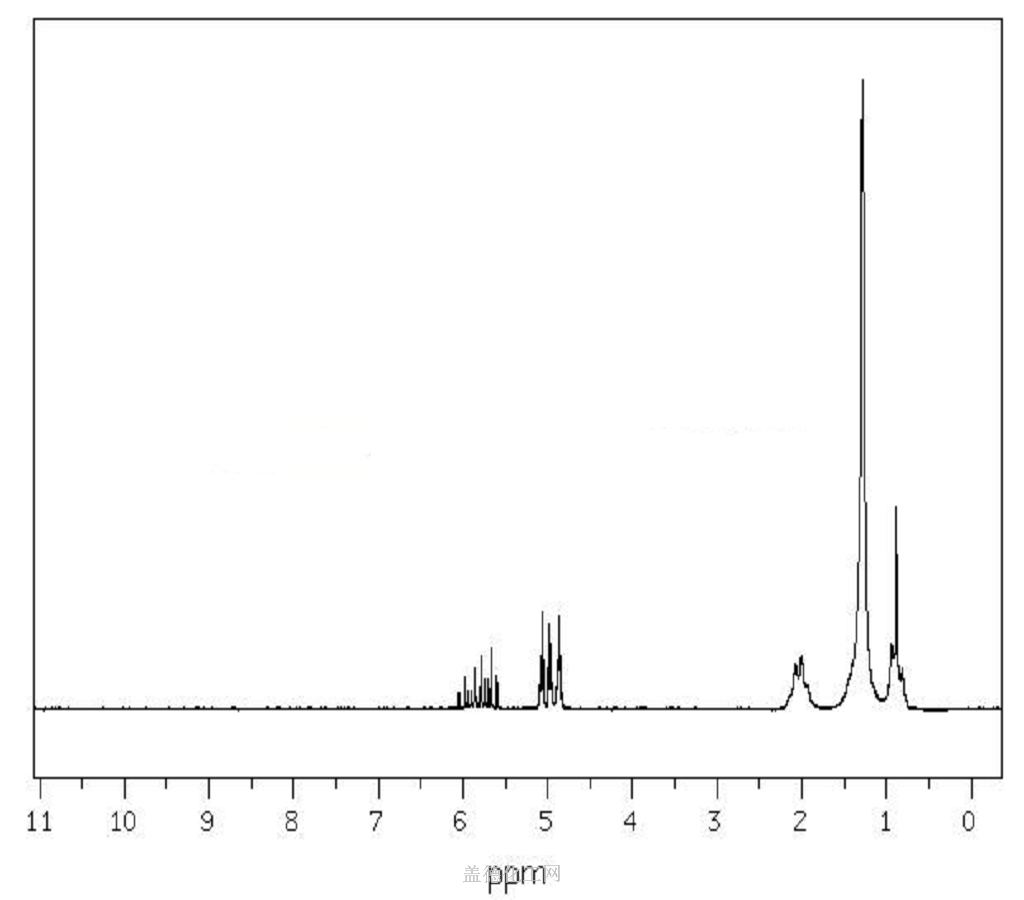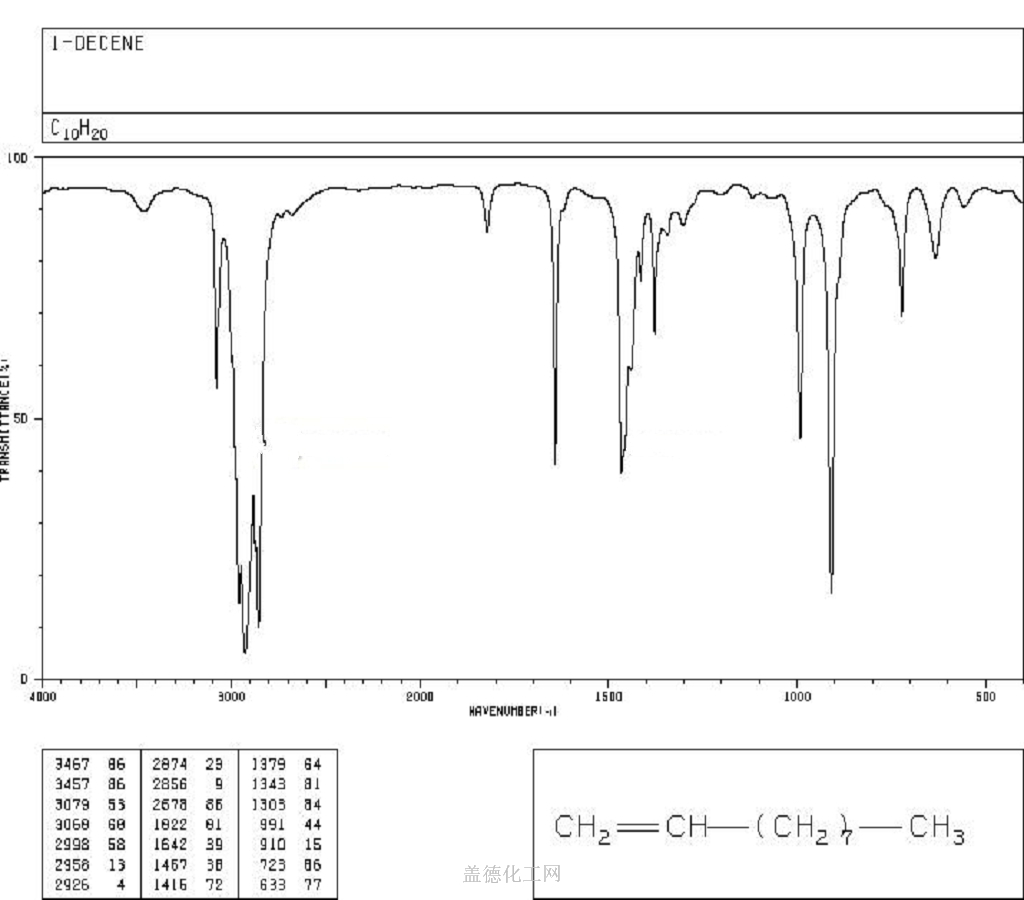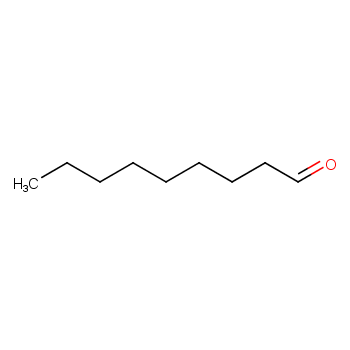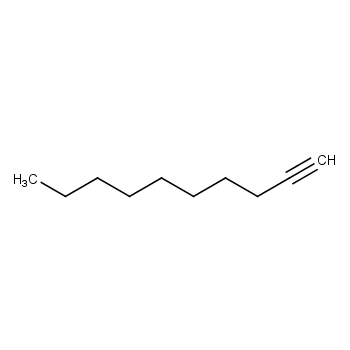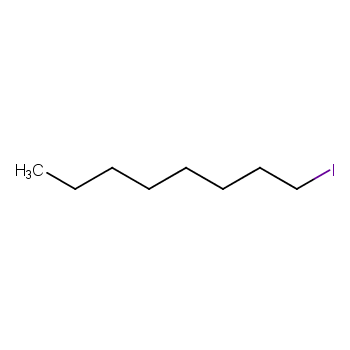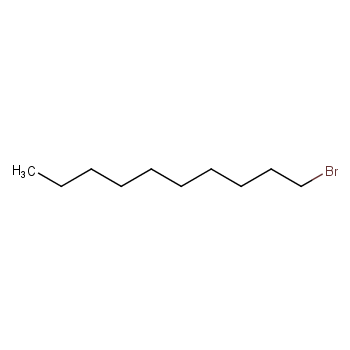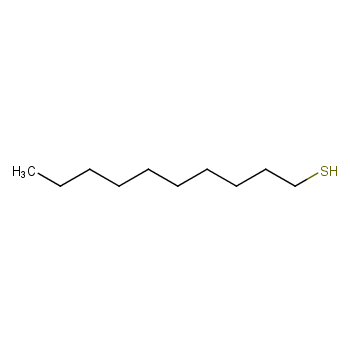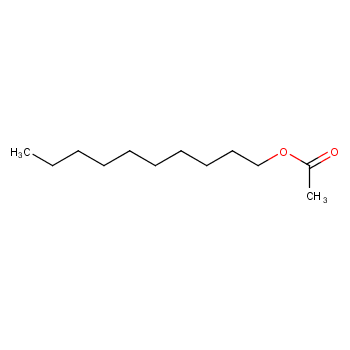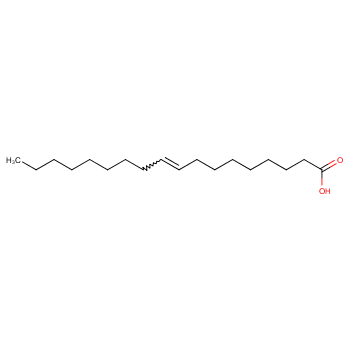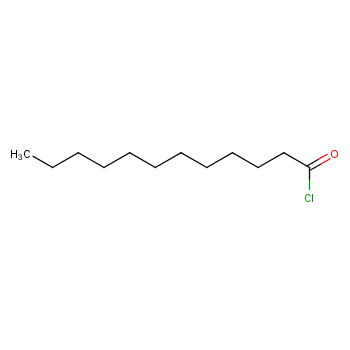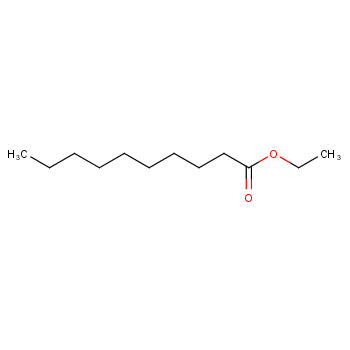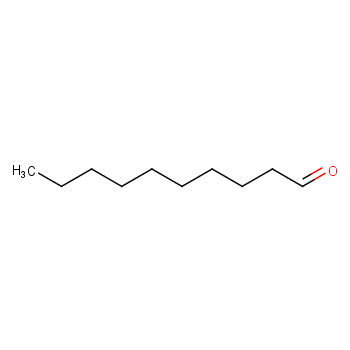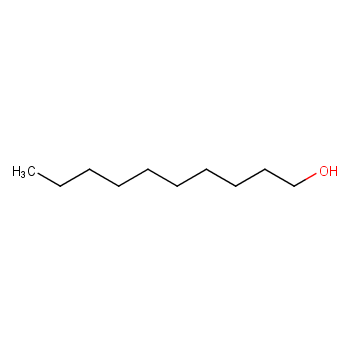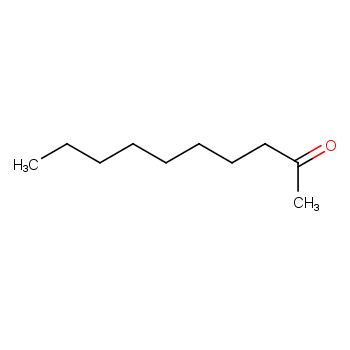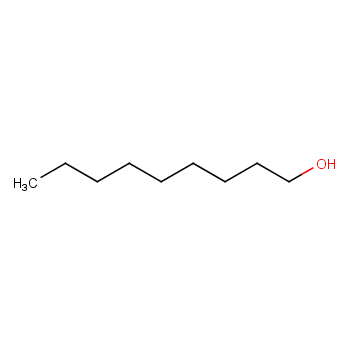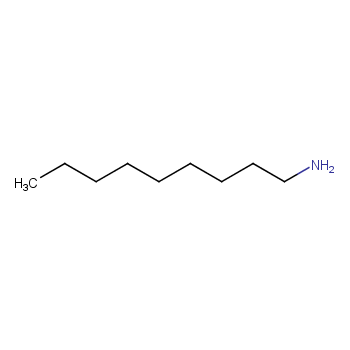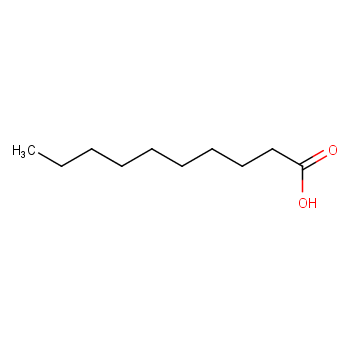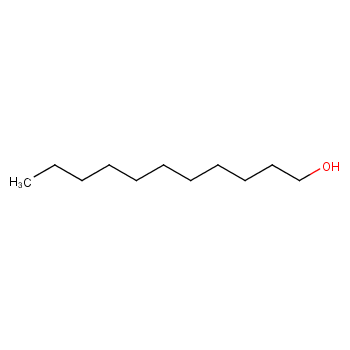1-Decene, with the chemical formula C10H20 and CAS registry number 872-05-9, is a compound known for its applications in various industries. This colorless liquid, also referred to as decene-1, is characterized by its long hydrocarbon chain consisting of ten carbon atoms. It is commonly used as a monomer in the production of polymers, such as polyethylene and polypropylene. 1-Decene is also used as a starting material for the synthesis of various chemicals, including detergents, lubricants, and surfactants. Its unique structure and properties make it a valuable component in the manufacturing of plastics, adhesives, and coatings. With its wide range of applications, 1-Decene plays a crucial role in the development of numerous products that are essential to our daily lives.
View more+
1. Names and Identifiers
2. Properties
3. Use and Manufacturing
4. Safety and Handling
5. MSDS
6. NMR Spectrum
7. Synthesis Route
8. Precursor and Product
9. Computed Properties
12. Realated Product Infomation
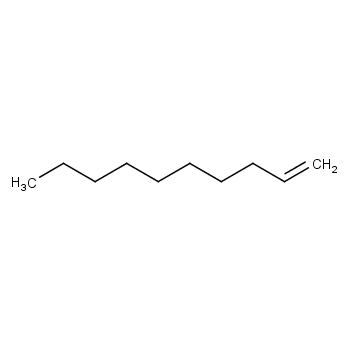
 EN
EN





